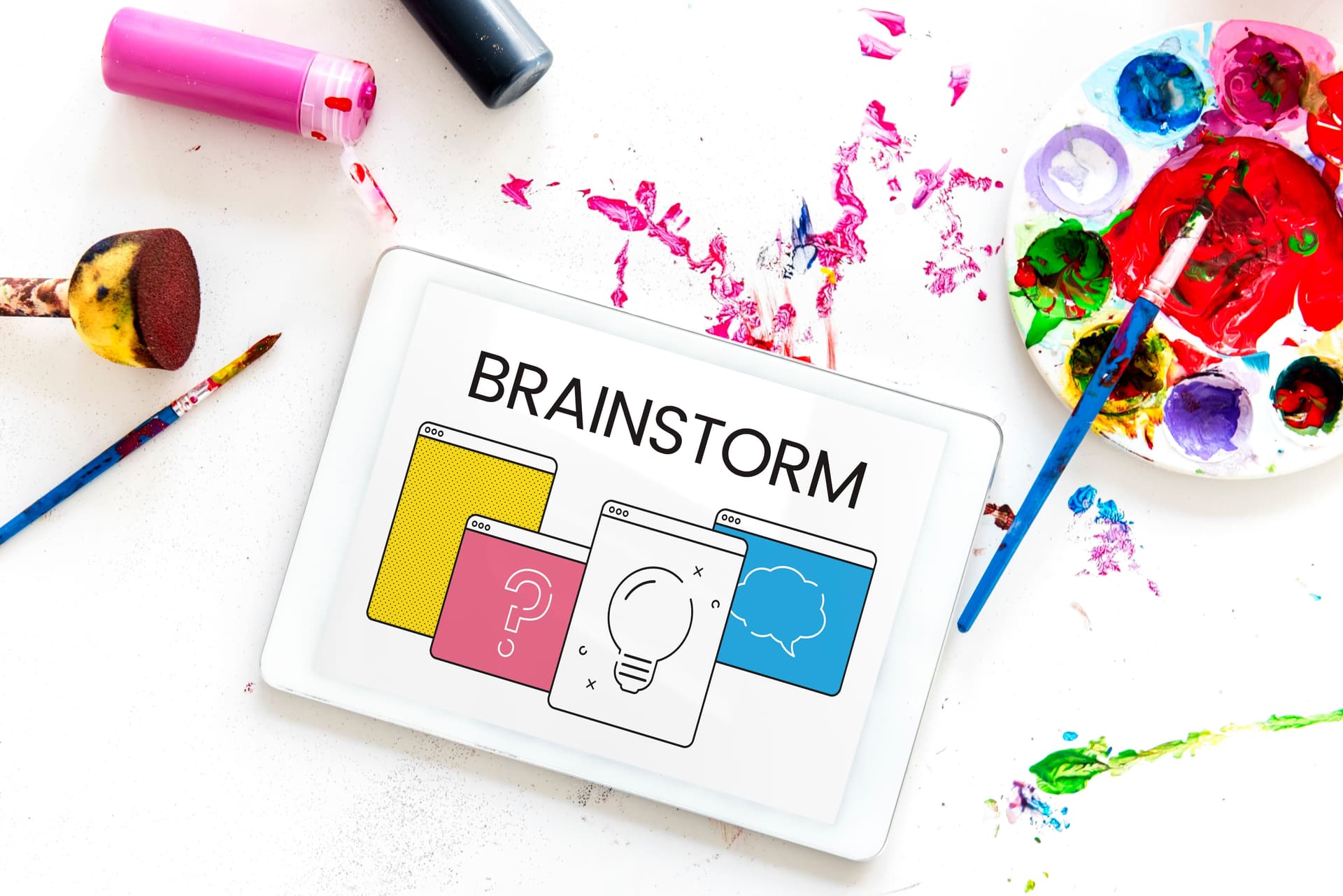April 30, 2025 at 03:19 PM
In a world full of noise, facts and features alone won’t win people over — feelings will. People connect with brands the same way they connect with people: through shared values, stories, and emotional experiences. Designing a brand that emotionally resonates with your audience isn’t about being louder — it’s about being more human. When people feel something about your brand, they’re more likely to trust you, buy from you, and stay loyal for the long haul.

Here’s how to design a brand that doesn’t just look good — but feels right to your audience.
Emotional connection starts with clarity. Ask yourself:
When your purpose and values are clear, you attract people who believe the same. This forms the foundation for an authentic emotional bond.
Tip:
Write a short brand manifesto that captures what your brand believes and how you aim to impact your customers' lives.
Go beyond demographics. Understand your audience’s:
When your brand speaks directly to what your audience feels, they’re more likely to see you as a solution — not just a seller.
Tip:
Use empathy maps and customer interviews to dig into real emotions and mindsets.
Your logo, colors, typography, and design style all speak volumes — even before a single word is read.
Your visuals should align with the emotion you want your audience to feel.
Tip:
Choose a color palette based on emotional psychology — for example, blue for trust, green for calm, red for energy.
Your brand voice is how you "sound" — and it should feel like a real personality. Whether you're witty, heartfelt, bold, or caring, your tone should be:
Example:
If your brand is all about empowerment, your voice might be strong, uplifting, and encouraging.
Facts tell. Stories sell. Stories are the fastest path to emotion — they humanize your brand and help people see themselves in your message.
Share stories like:
Tip:
Use storytelling frameworks like the Hero’s Journey to structure your brand narrative.
People don’t just want to hear what you care about — they want to see it. Back up your values with actions:
Example:
If you say you support sustainability, showcase your eco-friendly packaging or your donation program in your branding.
Emotional connection grows over time. Every touchpoint — your website, social media, packaging, emails — should feel like it’s coming from the same personality. Consistency builds familiarity, and familiarity breeds trust.
Tip:
Use brand guidelines to keep your messaging, visuals, and tone aligned — especially when working with different designers or marketers.
People don’t connect with brands that only talk about themselves. They connect with brands that see them.
Reframe your messaging like this: Instead of: “We make premium skincare products.”
Try: “Feel confident in your skin — every day.”
Center your audience’s journey, not just your brand features.
A brand that connects emotionally isn’t built overnight — but every design choice, every word, and every interaction plays a role.
When you design a brand rooted in purpose, shaped by empathy, and expressed with clarity, you create more than a business. You create a relationship.
Want help crafting a brand that truly connects? We specialize in emotional branding and design that resonates with real people. Let’s make your audience feel something.
Loading recent posts...